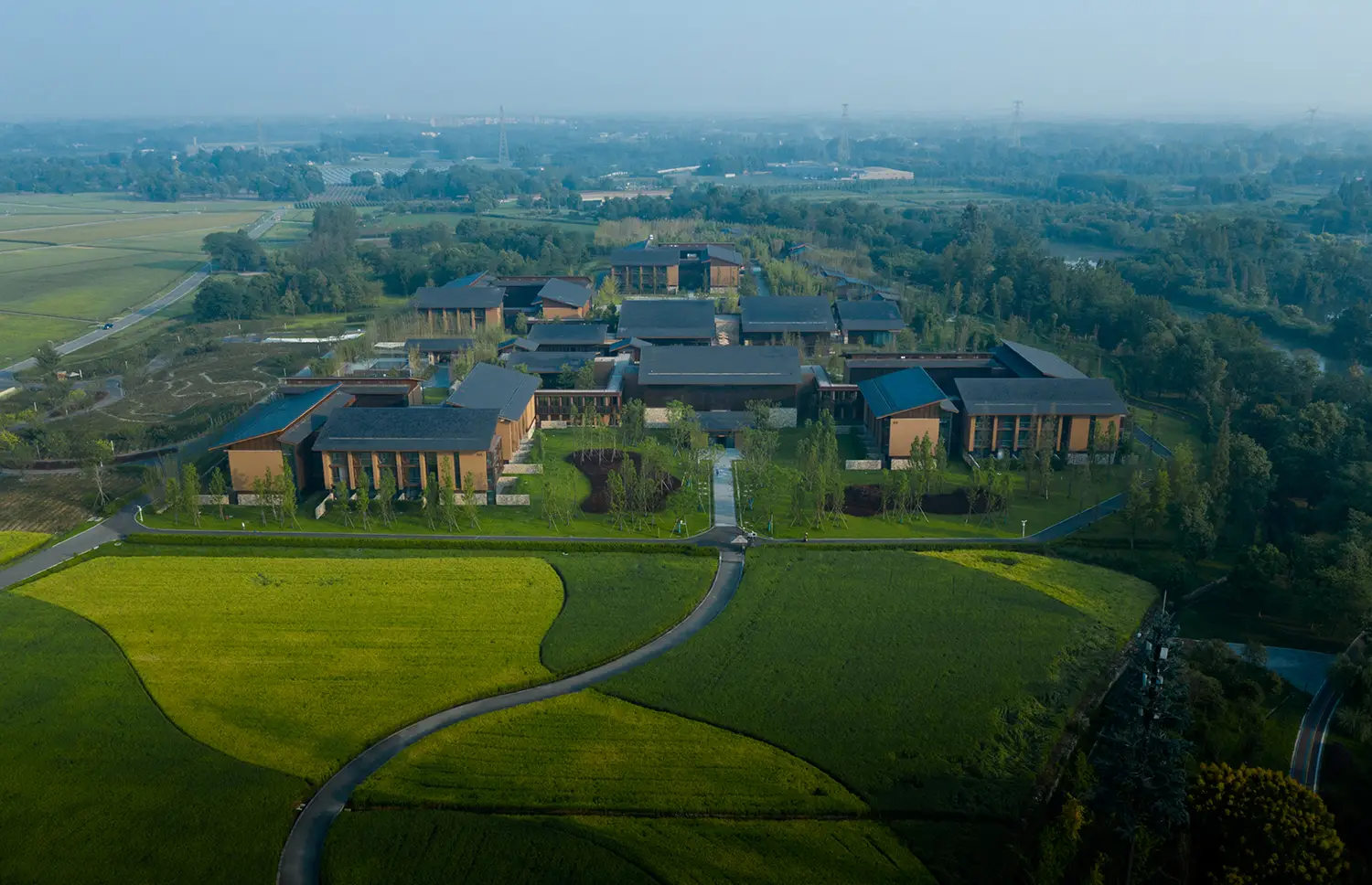Airports Council International (ACI) World – gathering with industry leaders from the aviation industry at the International Civil Aviation Organization (ICAO) third annual Global Aviation Security Symposium (AVSEC) – highlighted the need for effective regulation that provides room for innovation in aviation security.
Speaking at the Leaders’ Plenary, moderated by ICAO Secretary General Dr. Fang Liu, ACI World Director General Angela Gittens discussed the importance of proactive mitigation measures supported by effective risk assessments.
“Threats change quickly. Airports, aviation stakeholders and governments face challenges in trying to implement effective security measures in a timely manner,” Gittens said. “To keep pace with such changes, security regulations should be performance and outcome-based rather than overly prescriptive.
“In other words, regulations should determine the objective to be reached, but not define in detail how it should be reached. This approach should be coupled with strong oversight and a collaborative approach.”
“In addition, the government should conduct impact assessments and consult with the aviation industry, not least airports, before implementing new measures. The pros and cons of different approaches should be assessed in consultation with stakeholders to allow for better outcomes, greater understanding, and support by all those involved.”
“This is particularly pertinent when you consider the different types and sizes of operation and different risk context for airports in different locations.”
This risk-based approach can be applied in all areas of security, from perimeter protection to insider threat, passenger screening to the airport supply chain.
ACI’s Smart Security program provides one example where a risk-based approach might be applied to screening.
“Smart Security aims to deliver a walk-through, seamless passenger experience at airport security touchpoint, moving away from a ‘one size fits all’ approach to airport security,” Gittens said.
“It includes many concepts and solutions to strengthen security, increase efficiency and enhance the passenger experience, and brings together innovation and collaboration between global airports, regulators and airlines.”
The Smart Security program promotes not only technology and processes available today, but will also look to the future with a new long-term vision for 2040. This will re-think the way that we view airport and aviation security and will look to encompass technologies on the horizon.
“Innovations such as artificial intelligence, the increasing use of big data, and stand-off detection could radically transform our approach to aviation security. These are the kinds of solutions adept for the challenges of tomorrow, and regulators must provide the framework to make them a reality,” Gittens said.













